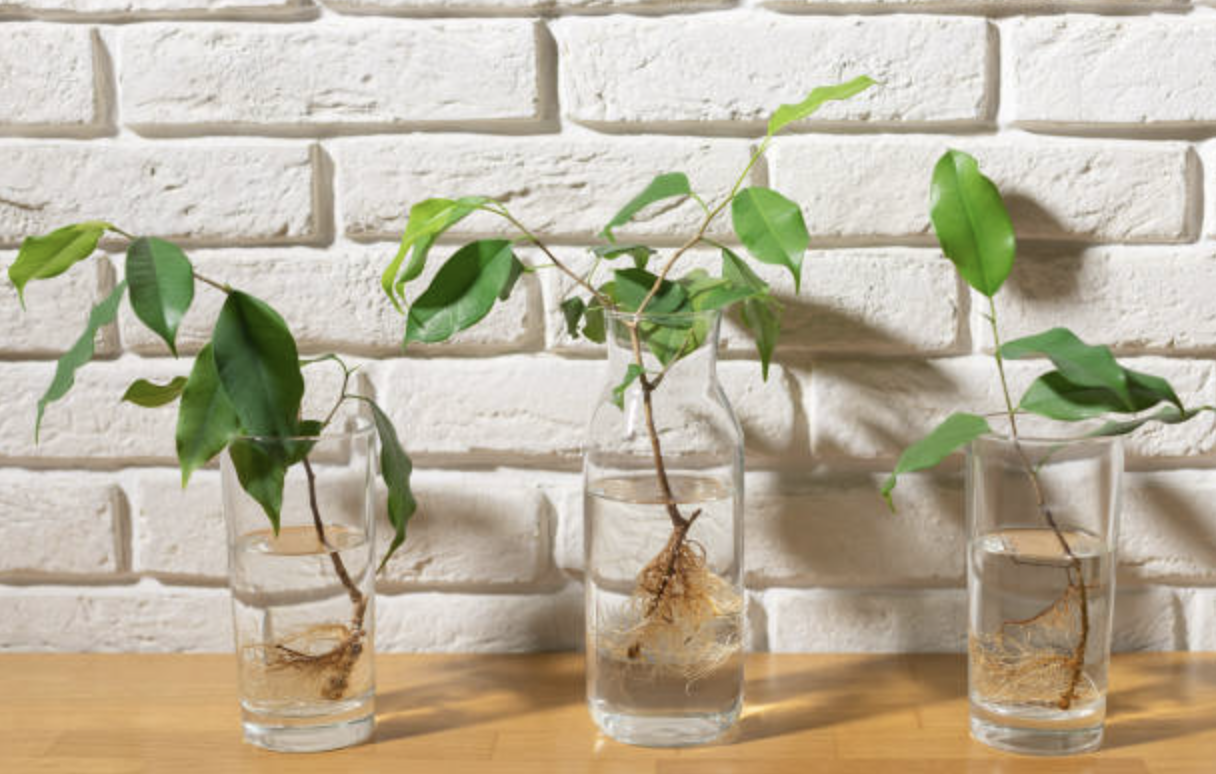Plant Propagation for Beginners: Tips and Tricks
What is Plant Propagation?
There are several different types of plant propagation, including:
Sexual propagation: This involves the use of seeds to create new plants. Seeds can be collected from a variety of sources, including plants in the wild, or they can be purchased from a nursery or seed company.
Asexual propagation: This involves creating new plants without the use of seeds. Asexual propagation can be achieved through a variety of methods, including:
Cutting propagation: This involves taking a cutting from an existing plant and rooting it to create a new plant. Cuttings can be taken from stems, leaves, or even roots, and can be propagated in water or soil.
Layering: This involves bending a stem or branch down to the ground and burying it in soil or rooting medium, allowing it to develop roots and become a new plant.
Division: This involves dividing an existing plant into two or more sections and replanting each section to create new plants. This method is often used for plants with a clumping growth habit, such as hostas or daylilies.
Grafting: This involves attaching a piece of one plant (the scion) to the root system of another plant (the rootstock). The scion is typically chosen for its desirable traits, such as flower color or disease resistance, while the rootstock is chosen for its hardiness or ability to adapt to certain growing conditions.
Micropropagation: This involves the use of tissue culture techniques to create new plants from small pieces of tissue, such as leaves or stems. Micropropagation is often used to produce large numbers of genetically identical plants, or to propagate rare or difficult-to-grow species.
Each type of plant propagation has its own advantages and disadvantages, and the best method for a particular plant will depend on a variety of factors, such as the species of the plant, its growth habit, and the resources available.
Propagating From Cuttings
Select the plant material: Choose a healthy, mature plant that is free of pests or diseases. If using cuttings, select stems that are at least 6 inches long and have no flowers or fruit.
Prepare the propagation medium: Fill a container with a rooting medium, such as perlite, vermiculite, or peat moss. Alternatively, you can use a soil-less mix or a soil-based mix, depending on your preferences and the needs of the plant.
Take the cutting: Use a sharp, clean knife or scissors to take a cutting from the plant. Make the cut just below a leaf node (the point where the leaf attaches to the stem). If using a stem cutting, remove any leaves from the bottom half of the cutting.
Treat the cutting: Dip the cutting in rooting hormone to encourage root growth. You can also use natural rooting stimulants, such as willow water or honey.
Plant the cutting: Place the cutting in the prepared rooting medium, making sure that the leaf node is below the surface. Water the medium gently to settle the cutting in place.
Cover the cutting: Cover the cutting with a plastic bag or propagating dome to create a humid environment. This will help to keep the rooting medium moist and encourage root growth.
Monitor the cutting: Check the cutting regularly to make sure that it is receiving enough moisture and light. Adjust the humidity and light levels as needed to keep the cutting healthy. Once the cutting has rooted, it can be transplanted into a larger container or planted in the ground.


